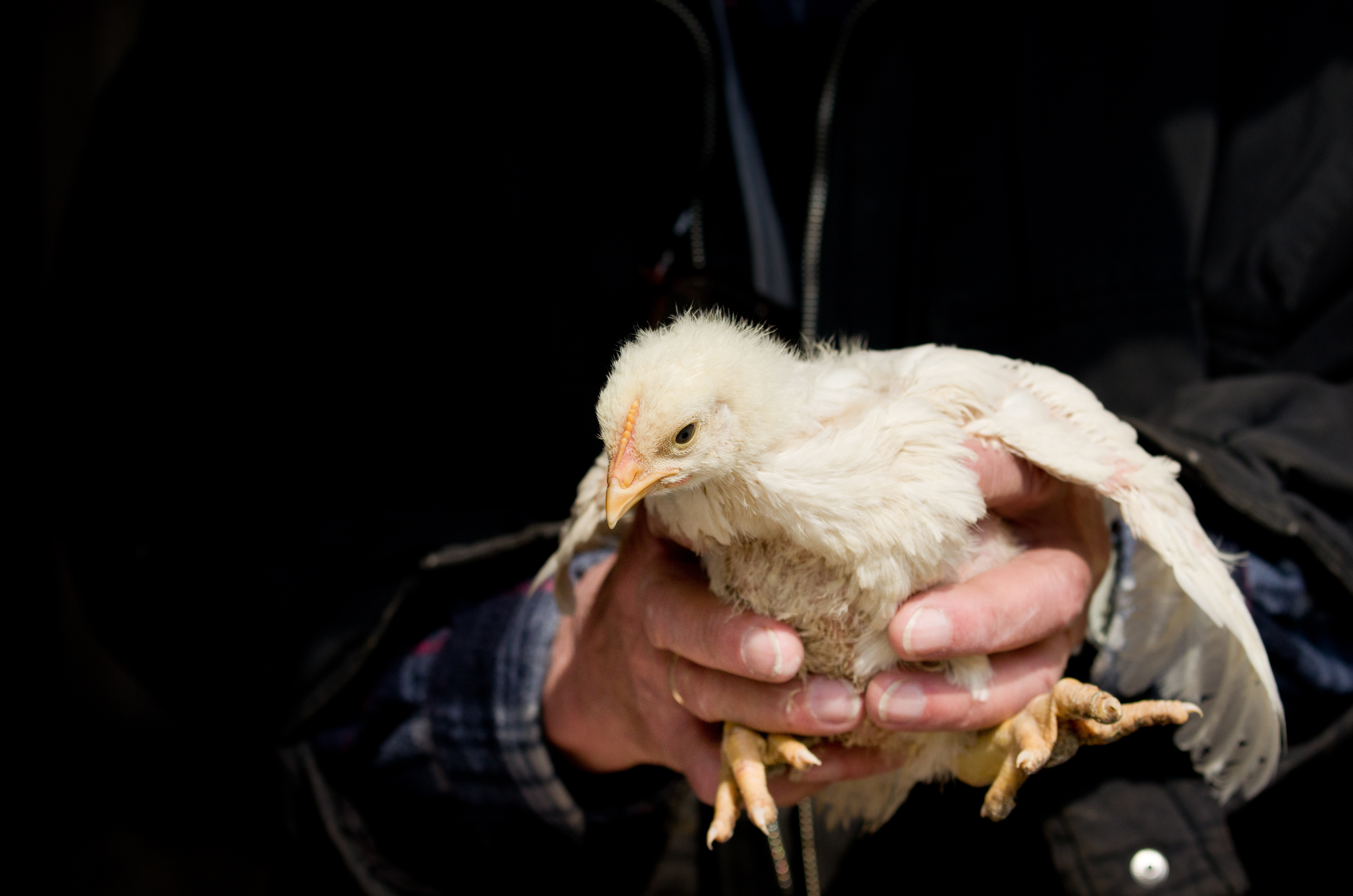



Chickens to be marker of Anthropocene period
UK, 14 December 2018 - Modern meat chickens are a defining feature of the Anthropocene according to new research by Dr Carys Bennett and colleagues from the University of Leicester in conjunction with Nottingham Trent University, the University of Nottingham and North West University, South AfricaThe Anthropocene is the proposed new geological epoch that marks when human impacts on many of the Earth's geological processes became overwhelmingly evident.
This new research suggests that the Anthropocene will be defined by the breeding and consumption of modern broiler chickens and associated future archaeological and geological deposits.
Dr Bennett, Honorary Fellow at the University of Leicester said: "As the most numerous terrestrial vertebrate species on the planet, with a biology shaped by humans, modern chickens are a symbol of our changed biosphere."
Modern broiler chickens are identifiable from their ancestors because of their changed biology, and are the kind of data palaeontologists recognise when looking for evidence of biological changes in the environment.

Co-author Professor Mark Williams, Professor of Palaeobiology, University of Leicester said: "These chickens are an artificially evolved new 'morphospecies', the kind of thing palaeontologists recognise, that reflect a biosphere unrecognisable from its pre-human state and now dominated by human consumption and resource use."
The research involved comparing standard supermarket chickens, of which there are now approximately 23 billion in the world at any one time, with the bones of their ancestors dating back to Roman times.
The skeleton, bone chemistry and genetics of broiler chickens, which only survive their six-week lifespan due to the highly technologically-controlled conditions of modern farms, are radically different to their ancestors.
Co-author Dr Alison Foster, former post-doctoral research assistant, University of Leicester, said: "Since domestication there have been many strange and beautiful chicken breeds, but the broiler is perhaps the most extreme form of all.
"The body shape, bone chemistry and genetics of the modern meat chicken is unrecognisable from wild ancestors and anything we see in the archaeological record."
The body shape of these chickens has changed significantly as a result of their selective breeding over the last 70 years during which time there has been a dramatic growth in the demand for low-fat protein.
The reason why the bone chemistry of these chickens has changed so much is largely a result of the globalisation of food distribution and their associated diet.
Co-author Dr Ben Coles, Lecturer in Human Geography, University of Leicester, who researches the social and economic drivers behind this phenomenon, said: "The food they eat includes soya, maize, wheat, and fish, which likely travelled from the other side of the globe and is embedded in a globalised food system both associated with agri-business and implicated in its effects."
This diet is very different to the traditional backyard hen that would have been fed on local kitchen scraps. In evolutionary terms, changes in the biology of these modern broiler chickens has happened extremely quickly.
Professor Jan Zalasiewicz, Professor of Palaeobiology, University of Leicester, added: "It usually takes millions of years for evolution to occur, but here it has taken just decades to produce a new form of animal that has the potential to become a marker species of the Anthropocene - and the enormous numbers of these chicken bones discarded worldwide means that we are producing a new kind of fossil for the future geological record."








